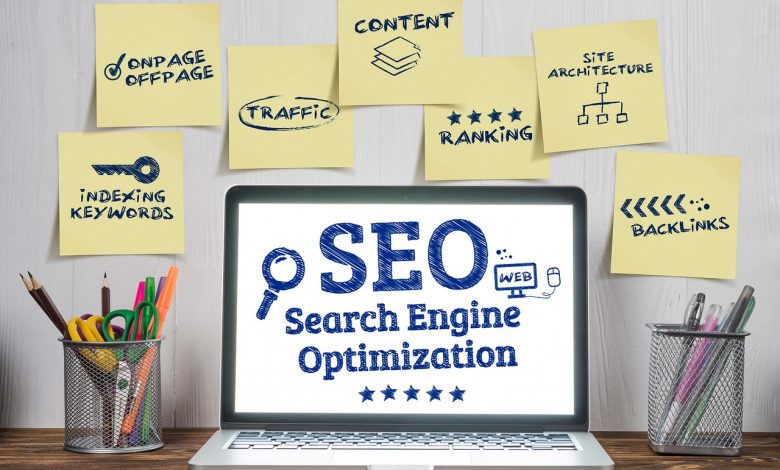
Online visibility is no longer just about having the same words as a user’s query on your page. Writers now have to think about what people are really asking when they type a phrase, not only the literal text they use. This shift calls for deeper planning, where pages are built around full topics instead of basic term lists.
As artificial intelligence becomes a normal part of online search, it is also changing how we plan and organize content. Software powered by learning models can notice patterns that people usually miss. This may include weak links between topics or small changes in how users express similar needs. Such insight helps shape pages that feel more natural while still resonating with ranking systems.
How Smart Systems Deepen Meaning Based Search Work
Digital tools that learn from data give search platforms a richer way to read and interpret pages. Instead of only checking if a single term appears, these systems look at ideas, related concepts, and named subjects that show what a piece of writing is really about. They can see how one phrase leads to another and how readers expect information to flow when they look up a certain topic. This makes it easier to build pages that feel truly helpful.
In addition, deeper reading also lowers the chances of gaps. When software reviews groups of phrases together, it can spot hidden links that older methods would ignore. These insights guide content plans that satisfy both the person reading and the system that organizes search results.
How Intelligent Tools Find Strong Search Phrase Options
Different ways of saying the same thing have always mattered online, but automated platforms have changed how we discover and rank these options. Newer systems can scan large sets of data to uncover related wording that fits the same need or mood, even when the phrases do not look alike. They learn how real people speak when they look something up, so they reveal types of SEO keywords that older plans might never include.
These tools also help decide which options deserve more attention. By looking at how hard it is to reach page one or how users behave, the software can spot phrases that offer real promise. Planning then shifts away from focusing only on raw traffic numbers and toward terms that can bring in steady visits. At the same time, the system points out spots where different pages are chasing nearly the same wording, which makes it easier to avoid overlap and keep focus clear.
How Learning Systems Spot Hidden User Goals Online
The reason behind a query has always been important, but it was hard to pin down with older tools. Learning models now study how people react to result pages for many similar searches and then sort those actions into patterns. From these, the system can usually tell if someone wants a quick fact, a detailed explanation, a product, or a place to compare choices.When a page lines up with that real purpose, it has a much better chance of being chosen.
Dedicated systems also help handle mixed or unclear requests, where several possible needs are hiding in one short phrase. Automated analysis can sort each meaning into a more specific group and connect it to the right style of page. This lowers the risk of building content that feels close but still misses what most visitors expected to see.
How Automated Platforms Shape Topic Layouts for Better Results
Rather than making long sheets with one phrase per line, learning based platforms group related ideas into meaningful sets. These sets show which smaller angles support a larger subject and how different pieces of content should connect. Using these layouts, writers can build libraries of pages that feel organized.
These subject layouts also help ranking systems understand how pages on the same site belong together. When articles and supporting pieces are linked in a clear pattern, the whole collection sends stronger signals of knowledge and trust. Automated reviews can further point out missing topics that would round out the group or show where extra pieces are not needed. Over time, this approach helps build steady strength rather than short term wins tied to single phrases.
How Data Driven Models Sort Search Phrases More Clearly
Models that learn from past information play a big part in sorting different types of queries. Old methods depended on people manually assigning labels to terms, which is easy to get wrong when a phrase has more than one possible meaning.
Systems that train on real behavior look at which kinds of pages users choose and how they interact with them.Next, they use that history to decide what a query is really trying to do. This makes it easier to tell simple lookups apart from requests driven by buying interest or by the need to reach a certain site.
Clear sorting also has another benefit. When models notice that more than one page is trying to answer the same type of request, they can flag this as a problem for planners. Teams can then choose one primary page, adjust angles, or shift some content to support roles instead. The end result is a cleaner layout and path for future scaling. To go a step further, platforms like Fibr’s AI-driven GEO / LLM-SEO framework show how agentic pages can make this process even clearer—helping search and LLM systems better interpret intent, relevance, and page purpose.
Endnote
Artificial intelligence tools are changing how online planning works at every stage. Simple matching of terms has given way to a deeper focus on ideas, user goals, and patterns in behavior. Teams that use such platforms to gain clarity make better choices.






